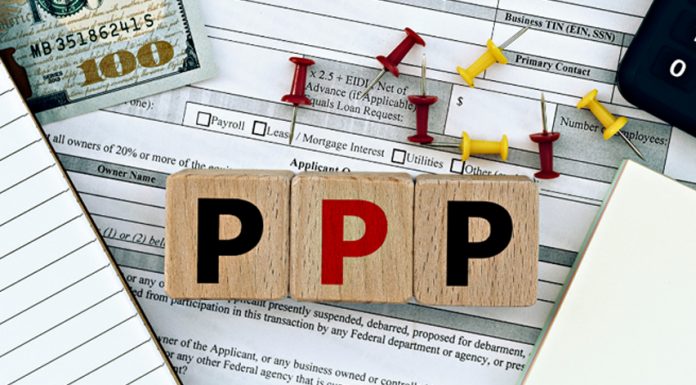18In the past years, it seems that more and more Americans are keen on getting their own cars. According to Statista, auto loan balances in the United States from 2016 to 2018 increased from $1.005 trillion in the first quarter of 2016 to $1.17 trillion in the last quarter of 2018. With this consistent increase in the past years, how would this industry fare in 2019?

The Credit Union National Association (CUNA) is optimistic about the growth of the loaning industry. CUNA expects a huge boost in credit union loan increase due to auto loans. This is consistent with the previous performance of auto lending which contributed 31.6% of the entire union loans in the middle of 2018.
For used vehicles, CUNA also expects positive yields in 2019, as is consistent with the 2017 (10.2% increase in loans) and 2018 (9.9% increase). Used cars are expected to have more stable prices in the future.
The Automobile Industry
Whilst the Cuna is positive about auto loans in 2019, the Automobile Dealers Association (NADA) foresees a slight decrease in sales of brand-new cars. In late 2018, NADA Association expects the sale of new cars and light trucks to amount to $16.8 million, which indicates a 1.1% decline from the past year. This forecast can come true of interest rates continue to increase without stronger incentives programs for buyers.
2018 in Hindsight
Southwest Business Corporation (SWBC) reports that the 2018 auto lending industry was characterised by longer loan terms extended to five years and above. SWBC attributed this to the durability of modern vehicles. Other defining characteristics of 2018 automobile lending are the focus on protecting depreciating vehicles and emphasis on promising debtors.
Interest rates were on the rise in the last quarter, according to The Detroit News. Reaching 5.8% annual percentage rate, dealers and consumers expect more hikes in the coming year.
With these trends, the state of automobile lending in 2019 looks bright. As cars remain to be a necessity in work and personal affairs, it is likely that customers will continue to purchase new or used vehicles.













